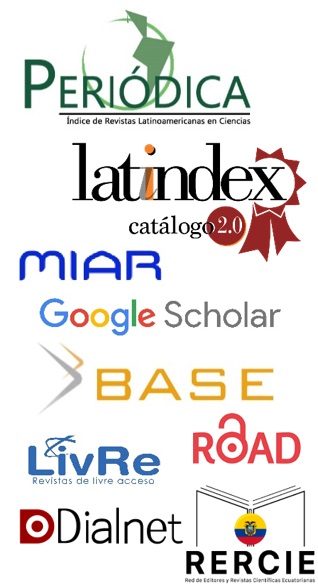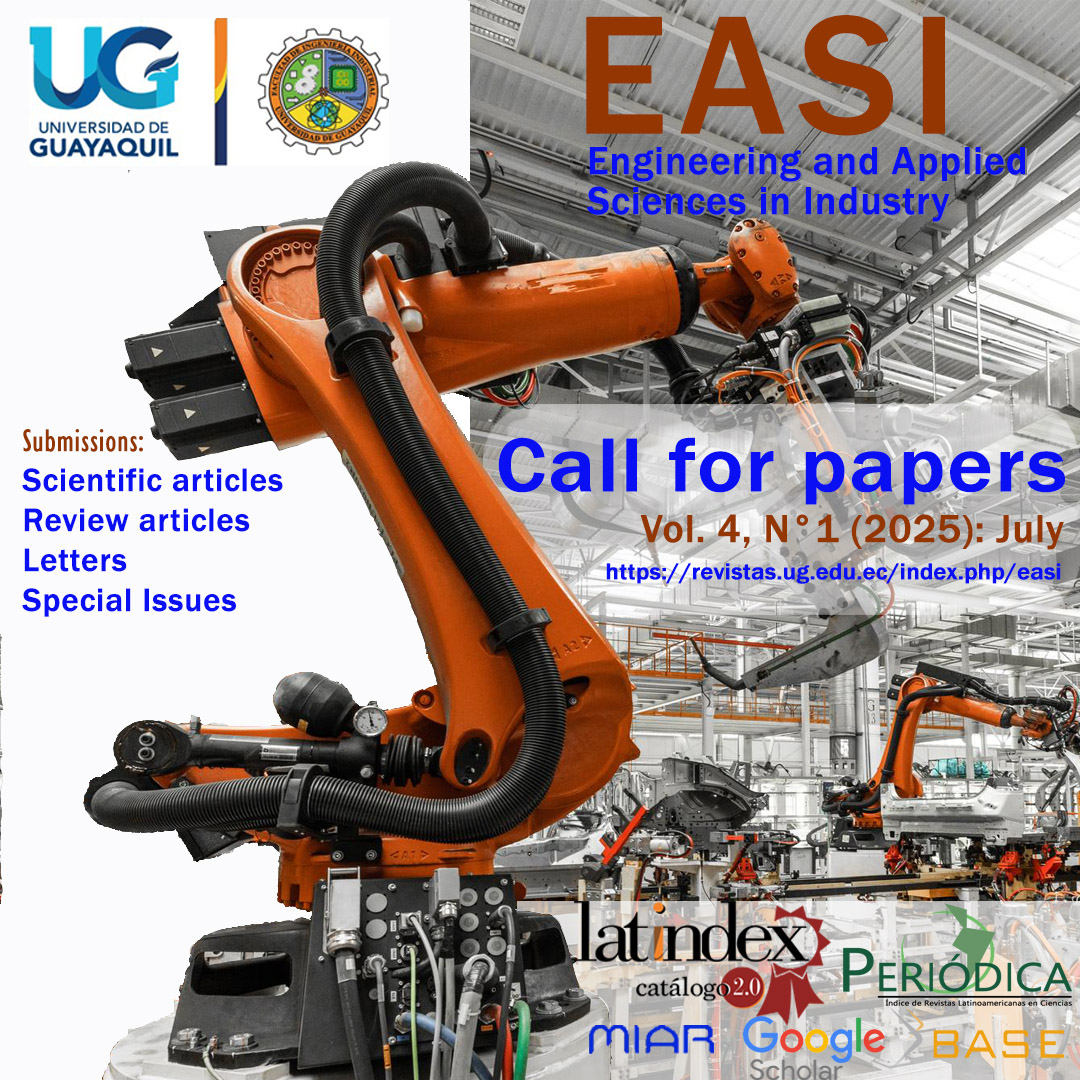The relevance of life cycle assessment of energy systems for sustainability
DOI:
https://doi.org/10.53591/easi.v2i2.2566References
Choy, Y. K. (2015). 28 years into “Our Common Future”: sustainable development in the post-Brundtland world. WIT Transactions on The Built Environment, 168, 1197-1211. Recuperado de https://acortar.link/7GM513.
Bermejo, R. (2014). Del desarrollo sostenible según Brundtland a la sostenibilidad como biomimesis. Hegoa. Recuperado de https://www.upv.es/contenidos/CAMUNISO/info/U0686956.pdf
SETAC. Fava, J. A., & Society of Environmental Toxicology and Chemistry. (1991). A Technical Framework for Life-Cycle Assessment. Workshop report from the Smugglers Notch, August 18-23, 1990. Vermont, USA.
Organización Internacional de Normalización (2006). Gestión ambiental. Análisis del ciclo de vida. Principios y marco de referencia (ISO 14040:2006). Recuperado de https://plataforma-aenormas-aenor-com.accedys.udc.es/pdf/UNE/N0038060.
ACODEA (2021). Impactos ambientales de la electricidad en españa en 2020. Ministerio para la Transición Ecológica y el Reto Demográfico. Recuperado de https://acodea.es/wp-content/uploads/2022/12/Actividad-4-Informe_Mix_electrico_Espana-2020.pdf.
European Commission - Joint Research Centre - Institute for Environment and Sustainability (2010). International Reference Life Cycle Data System (ILCD) Handbook - Nomenclature and other conventions. Luxembourg. Publications Office of the European Union. Recuperado de https://acortar.link/qeWg00.
IDAE (1999). Impactos Ambientales de la Producción Eléctrica: Análisis de Ciclo de Vida de ocho tecnologías de generación eléctrica. Madrid-España.
Published
How to Cite
Issue
Section
License
Copyright (c) 2023 Benigno A. Rodríguez-Gómez

This work is licensed under a Creative Commons Attribution-NonCommercial-NoDerivatives 4.0 International License.
Contributions published in the EASI journal follow the open access license CC BY-NC-ND 4.0 (Creative Commons Attribution-NonCommercial-NoDerivs 4.0). This license empowers you as an author and ensures wide dissemination of your research while still protecting your rights.
For authors:
- Authors retain copyrights without restrictions according to CC BY-NC-ND 4.0 license.
- The journal obtains a license to publish the first original manuscript.
For readers/users:
Free access and distribution: Anyone can access, download, copy, print, and share the published article freely according to the license CC BY-NC-ND 4.0 terms.
Attribution required: If any third party use the published material, they must give credit to the creator by providing the name, article title, and journal name, ensuring the intellectual property of the author(s), and helping to build the scholarly reputation.
Non-commercial use: only noncommercial use of the published work is permitted. Noncommercial means not primarily intended for or directed towards commercial advantage or monetary compensation by any third party.
No modifications allowed: The content of the published article cannot be changed, remixed, or rebuilt upon the author’s work. This ensures the integrity and accuracy of the research findings.



